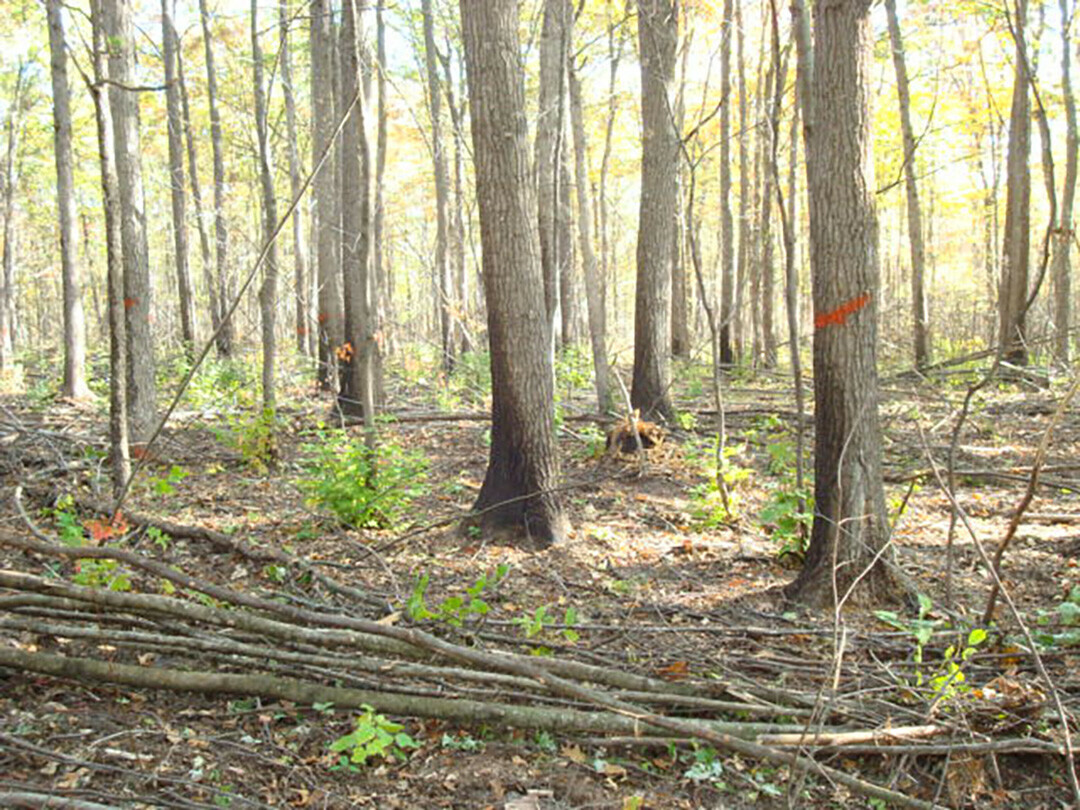SOAPBOX: Carbon Credits Will Aid County Coffers
managing E.C. County forests will net $9 million over 10 years

At our Dec. 6, meeting, following a lively discussion, the Eau Claire County Board adopted a carbon credit program for the county forest. Under this program, the county will be compensated for doing the kind of sustainable forestry we’ve been doing all along. This is done through selling carbon credits on a voluntary carbon market.
A carbon credit is a tradable certificate confirming that one metric ton of carbon dioxide, or an equivalent greenhouse gas, is averted from entering the environment in a given year. Companies trying to reduce their carbon footprints can buy carbon credits on a voluntary international carbon credit market. This process is highly regulated. In our case, the carbon credits would be verified by the American Carbon Registry, which was started in 1996.
Not all of the 52,000-acre Eau Claire County Forest is eligible for the carbon program. Marshes and grasslands and lakes don’t count. Our county parks aren’t included. We maintain a 300-foot buffer on county lands bordering the Eau Claire River and have three wilderness areas where we have no commercial harvests.
But that still leaves 37,845 acres where we are having timber harvests and which fit the criteria for the carbon program. Those lands should produce about 714,000 voluntary carbon credits over the first 10 years of the program. At current market prices, those credits would sell for an estimated $9.46 million.
One concern I had early on was how this program would affect our timber management practices. It turns out that it won’t affect them at all: We can still clearcut to regenerate aspen and jack pine. We could still do controlled burns, if needed, to regenerate oaks. We can maintain the diverse forest we have. Timber sales generate about $1 million per year. That will continue.
This is new for everyone, but it’s an opportunity we should take. Our Forest and Parks director suggested we think of carbon credits as another product of the forest. We cut trees to make paper and timber products. Now we will be harvesting carbon credits.
We will be working with Anew, a company that has been developing and selling carbon credits in North American markets since 2001. Our contract with them will be for 10 years. Anew will inventory and verify the carbon credits, then sell them on the carbon market. There is a lag of 18 to 24 months before the credits would reach the carbon market. The county should begin seeing checks from the sale of carbon credits in the fall of 2024. Anew will cover the initial costs of starting the carbon project. When the credits are sold, they would get 25% of the proceeds. The county’s 75%, over 10 years, is an estimated $9.46 million.
At the end of the 10-year contract with Anew, the county will need to decide whether to manage carbon credits on our own or hire Anew or another company to continue managing the program. Our contract with the American Carbon Registry will be for 40 years. The first 10 years would see the biggest earnings. We would essentially get credit for the sustainable forestry we’ve done to date. For the next 30 years, we would be compensated for the sustainable forestry we continue to do. We would produce carbon credits based on the growth in the forest minus the trees we cut. At current rates for carbon credits, this would generate an estimated $400,000 and $500,000 annually.
There was some concern about what would happen if a future board wanted to pull out of the program early. In that case, the county would have to buy as many carbon credits as we had sold at the prevailing rates on the carbon market.
To be in the carbon program the forest must be certified by a neutral auditor for our conservation and renewable forestry practices. Our forest is audited by two groups, the Forest Stewardship Council and the Sustainable Forest Initiative. We have to stay certified while we are in the carbon credit program. It’s like we have to keep our grades up to keep our scholarship.
Buyers of carbon credit like the county forests because we have relatively large acreages and we have good conservation records. Six counties with sizable county forests have already signed contracts for carbon projects – Ashland, Bayfield, Iron, Price, Rusk, and Washburn – while another nine counties are considering a proposal. All are working with Anew.
Eau Claire County has committed to being net carbon neutral by 2050. Revenues from the sale of carbon credits will go into a fund to be used to meet that goal.
This is new for everyone, but it’s an opportunity we should take. Our Forest and Parks director suggested we think of carbon credits as another product of the forest. We cut trees to make paper and timber products. Now we will be harvesting carbon credits.
Joe Knight represents District 3 on the Eau Claire County Board and is chairman of the board’s Parks and Forest Committee. He is also a longtime outdoor and environmental writer.



















